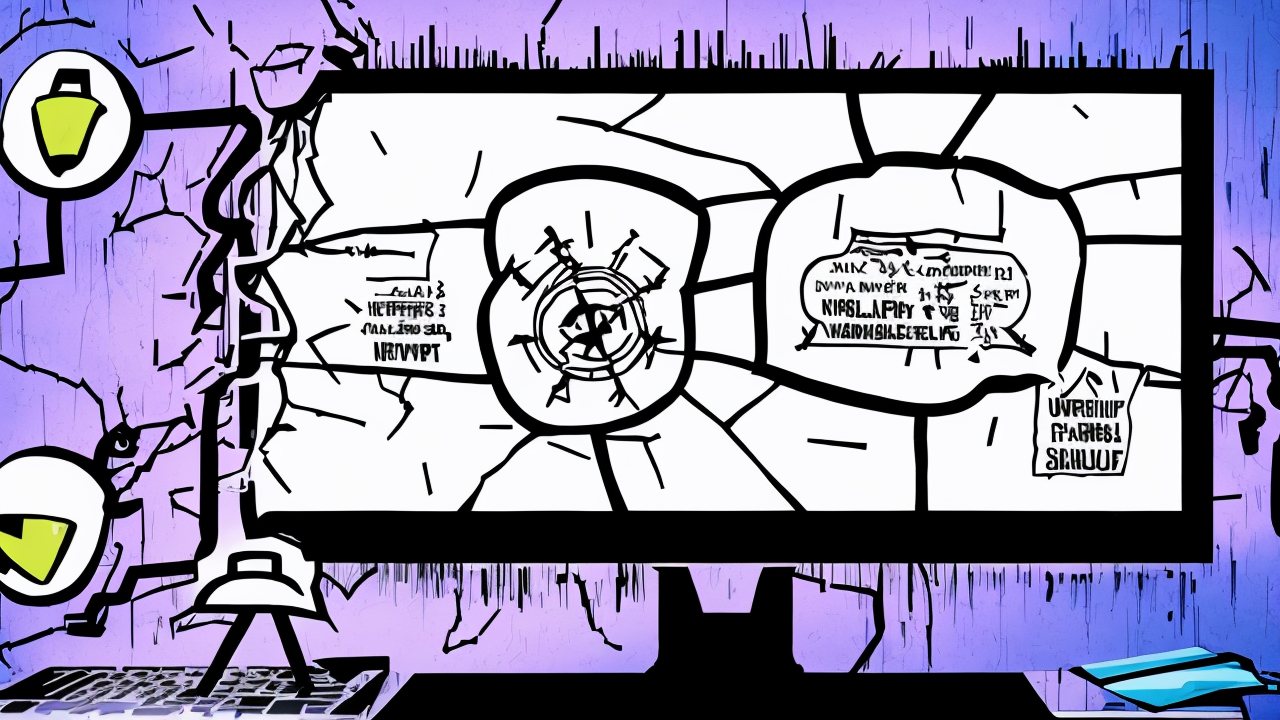Critical Windows Vulnerabilities Threaten National Security and Businesses

Two critical vulnerabilities in Microsoft Windows have been actively exploited for years, posing serious risks to national security and the stability of vital institutions. The first, CVE-2025-9491, has been known to Microsoft since 2017. Despite this, no permanent fix has been issued. This is not an isolated glitch—it is a prolonged failure of corporate stewardship. For nearly a decade, attackers have leveraged this flaw to install malicious software across systems in over sixty countries. Advanced persistent threat groups, including those tied to foreign intelligence operations, have used it to infiltrate networks with alarming consistency.
The second vulnerability, CVE-2025-59287, was patched in theory—but the patch was incomplete. Within days, attackers had already weaponized the flaw, proving once again that reactive fixes are not enough. These are not accidental oversights. They are symptoms of a deeper issue: a system where profit and convenience often outweigh responsibility and security.
The implications are not abstract. When critical infrastructure—power grids, water systems, financial networks—relies on software with known, unaddressed weaknesses, the foundation of national resilience is undermined. These systems are not just tools of commerce; they are pillars of order and safety. If they are compromised, the consequences ripple through society, affecting lives and undermining trust in institutions.
What is especially troubling is the response—or lack thereof. While security experts have offered temporary workarounds, such as restricting the use of .lnk files, these are stopgaps, not solutions. They do not address the root problem: a culture in which long-term risks are deferred, and accountability is minimized. Microsoft’s prolonged silence on a vulnerability it has known about for years speaks volumes. When a company of its size and influence allows a known backdoor to remain open for nearly a decade, it raises questions not just about technical oversight, but about ethical duty.
This is not a call for panic. It is a call for clarity. We must stop treating cybersecurity as a side issue for IT departments and begin viewing it as a core national interest. The nation’s security is not just measured in military strength but in the integrity of its digital systems. When foreign actors exploit weaknesses that have been known for years, we are not just facing a technical challenge—we are facing a failure of vigilance and leadership.
We need stronger standards, not more rhetoric. We need laws that hold corporations accountable when their negligence leads to breaches. We need transparency—clear timelines for patches, public reporting on vulnerabilities, and consequences when promises are broken. These are not radical demands. They are basic principles of stewardship.
The solution is not more spending or endless regulation. It is better discipline, better oversight, and a renewed commitment to integrity. When we place trust in technology, we must ensure that trust is earned. We must demand that companies honor their duty to protect users, not just shareholders.
A free and secure nation depends on systems that are reliable and trustworthy. If we continue to accept compromises in security under the guise of convenience, we are not preserving freedom—we are surrendering it. The time has come to build digital defenses that reflect our values: responsibility, accountability, and the enduring principle that safety is not optional.
Published: 10/31/2025








